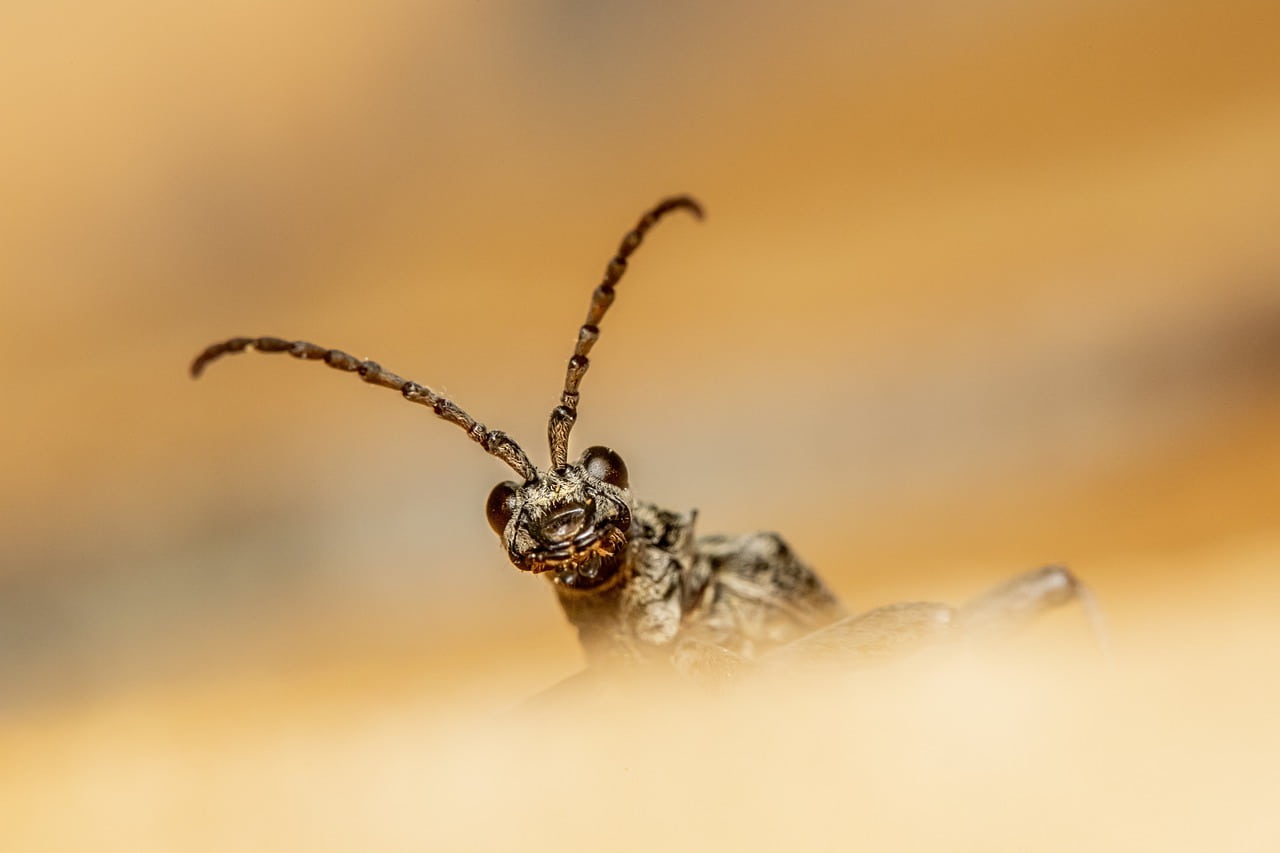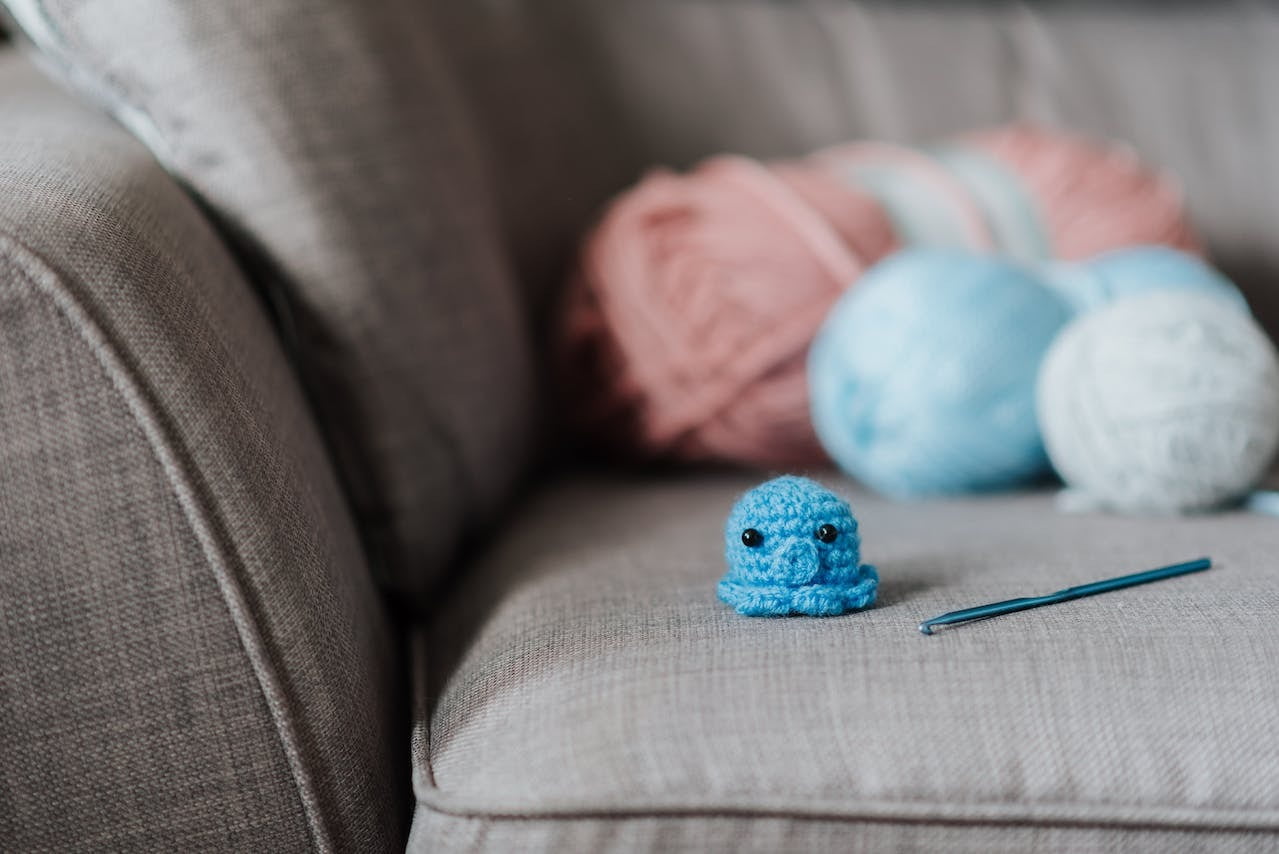Contents
Introduction to Common Household Pests
Welcome to our blog post on how to say goodbye to pests and achieve a pest-free home! We all know that dealing with household pests can be annoying and frustrating. From pesky ants invading your kitchen to creepy crawlers hiding in the corners, these unwelcome guests can disrupt our daily lives and even threaten our health.
But fear not! This article will explore five effective do-it-yourself (DIY) techniques for controlling and keeping pests at bay. Whether you’re facing an infestation or want to prevent one, these handy tips will help you reclaim your home and create a comfortable living environment for you and your family.
So, let’s dive into the world of pest control together, shall we? Say goodbye to those unwanted critters once and for all!
The Dangers of Pests and Why it’s Important to Get Rid of Them
Pests, whether insects, rodents, or other critters, can significantly threaten our homes and health. These uninvited guests not only cause damage to our property but also carry diseases that can put us and our loved ones at risk.
Take mosquitoes for example. These tiny pests are notorious for spreading diseases like malaria, dengue fever, and Zika virus. Their itchy bites may seem harmless, but the consequences can be severe. Then there’s the issue of rodents such as rats and mice. Besides causing structural damage by chewing through wires and insulation, they also transmit dangerous pathogens through their droppings.
Cockroaches are another common household pest that should be considered. They contaminate food surfaces with bacteria like E. coli and salmonella just by crawling over them! And let’s not forget about bed bugs – those nocturnal bloodsuckers can leave you sleep-deprived and covered in itchy welts.
Getting rid of these pests is crucial for maintaining a safe living environment. Ignoring the problem will only allow it to grow worse over time. By promptly implementing effective pest control measures, we protect ourselves from various health risks while safeguarding our homes from unnecessary damage.
Remember: prevention is better than cure when dealing with pests!
5 DIY Techniques for Pest Control:
1. Seal Up Entry Points: One of the most effective ways to keep pests out of your home is by sealing up any potential entry points. Inspect your windows, doors, and foundation for cracks or gaps and seal them with caulk or weatherstripping. Remember to check for openings around utility lines and vents as well.
2. Keep Your Home Clean: Pests are attracted to food sources, so keeping your home clean and free from crumbs or spills that could lure them in is important. Regularly sweep and mop floors, wipe down countertops, and properly store food in airtight containers. Remember to take out the trash regularly, too!
3. Eliminate Standing Water: Mosquitoes love standing water, so eliminate any areas where water can collect around your property. Check gutters for clogs, fix leaky faucets or pipes, and remove stagnant water from flower pots or birdbaths.
4. Natural Repellents: Several natural repellents can help deter pests without using chemical sprays. For example, peppermint oil can repel spiders, while vinegar can ward off ants.
5. Use Traps and Bait Stations: If you have specific pest problems like mice or cockroaches, using traps or bait stations can be an effective DIY solution. Just make sure to place them in strategic locations where pests are likely to travel.
By implementing these DIY techniques for pest control into your routine maintenance tasks at home, you’ll be able to create a less inviting environment for unwanted visitors without relying on harmful chemicals!
Benefits of Using DIY Techniques for Pest Control
- Are you tired of dealing with pests in your home? DIY techniques for pest control can be a game-changer. Not only are they practical, but they also come with numerous benefits.
- First and foremost, using DIY techniques allows you to save money. Hiring a professional exterminator can be expensive, especially if the infestation is severe or requires multiple visits. Taking matters into your own hands can eliminate pests without breaking the bank.
- Another benefit of going the DIY route is that it gives you more control over the process. You can choose which products and methods to use based on your preferences and concerns. Plus, you can take immediate action whenever necessary instead of waiting for an appointment with an exterminator.
- DIY pest control techniques also offer a sense of accomplishment and empowerment. Successfully getting rid of pests on your own can boost your confidence and make you feel capable of handling other household challenges.
- Many DIY pest control methods also use natural or eco-friendly ingredients instead of harsh chemicals. This reduces potential harm to yourself and your family and minimizes environmental impact.
- Implementing these techniques allows for ongoing monitoring and prevention. Regularly inspecting your home and addressing any signs of pests early on can prevent future infestations before they become major problems.
When to Call a Professional Exterminator?
While DIY techniques can effectively keep pests at bay, there are situations where it is best to call in the professionals. Here are some signs that indicate its time to seek professional help:
1. Persistent Infestation: If you’ve tried multiple DIY methods and the pest problem persists or keeps coming back, it may indicate a more significant infestation. Professionals have the expertise and tools to identify the extent of the infestation and implement effective measures to eliminate it.
2. Safety Concerns: Dealing with certain pests like wasps, bees, or rodents can pose significant safety risks. A professional exterminator is trained to handle these situations safely without putting you or your family at risk.
3. Structural Damage: Pests such as termites or carpenter ants can cause severe damage to your home’s structure if left untreated. A professional exterminator will eradicate these pests, assess any structural damage caused, and recommend repairs.
4. Health Risks: Some pests carry diseases that can harm humans and pets. Suppose you’re dealing with problems known for transmitting diseases, such as mosquitoes (which carry West Nile virus) or ticks (which transmit Lyme disease). In that case, involving a professional with experience eradicating them effectively is crucial.
5. Time Constraints: DIY pest control requires time and effort – researching methods, buying products, applying treatments – all while juggling other responsibilities like work and family commitments. Hiring a professional save, you time by allowing them to handle the job efficiently while you focus on other important tasks.
In conclusion:
Maintaining a pest-free home is essential for both your comfort and well-being. By implementing these five effective DIY techniques for pest control, you’ll be taking proactive steps towards creating a safe environment free from pesky intruders.
Remember that prevention is key when dealing with pests. Regularly inspect your home, seal entry points, and keep a clean.
Trending Articles:



